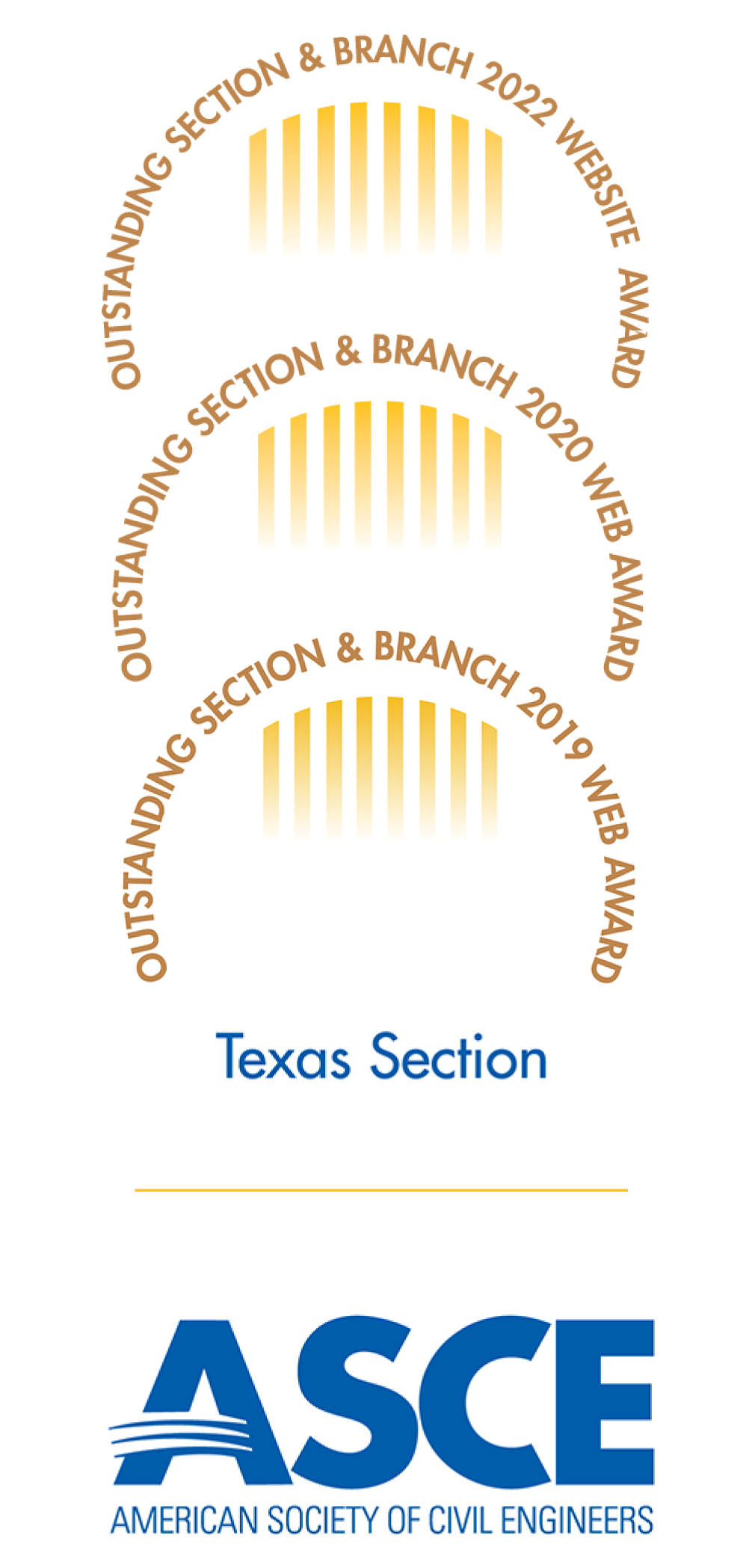Catalysts for Regulation and Licensure in Engineering in the United States
February 2020
By Melinda Luna PE, ASCE Texas History & Heritage Committee Chair
As we embark on the Engineers Week and the Texas Legislative Drive-In, we wanted to provide a bit of insight into where regulation and licensure began here in the United States. Engineers Week, or E-Week, is a week-long celebration aimed at celebrating and educating the public on how engineers make a difference in our world and raise awareness of the engineering profession. Be sure to visit DiscoverE and the ASCE Texas STEM Resources page for helpful outreach tools and more information on how you can get involved.
In addition, the 15 local ASCE Branches across Texas host events during this time to increase public dialogue about the need for engineers and bring engineering to life for kids, educators, and parents! More than a week-long event, Engineers Week is a year-round commitment to making a difference.
Registration and licensure in the United States began with the State of Wyoming passing the first engineering licensure law in 1907. The catalyst for Wyoming to pass this law was the submission influx of mining permits being filed by people without an engineering background. The law as championed by State Engineer, Clarence Johnson. He reported after the law was passed, he saw a change “in the character of maps and plans filed with the applications for permits.”
Charles Bellamy PE was the first to pass a licensure test and all requirements set by the Wyoming Board of Examining Engineers becoming the first person to get earn the professional engineering license (PE No. 1) in the U.S. on August 8*, 1907. This moment in history is honored every year as “PE Day”
Other states that followed were Louisiana, Florida, and Illinois. Each having a similar concern with a different focus. All reported that the state understood the population was growing and there needed to be regulation and licensing to protect the public. This happened between 1907 and 1947, with Montana shortly following suit and the Virgin Islands being the last to pass legislation in 1968. The graph below shows the progress of the number of states and territories passing legislation for regulation and licensure for engineers.

There were two disasters that were catalyst for licensure in two states. The first disaster was on March 12, 1928 with the St. Francis Dam failure. The Dam was in Los Angeles County, California, and failed a couple of minutes before midnight, killing an estimated 400 people—making it the second greatest loss of life in California history. An investigation was done into the disaster and while it did not draw a definite concusses on the cause, it resulted in legislation regulating civil engineering and the creation of a registration board, along with the creation of a dam safety program that included municipalities.
At the time of the New London explosion in 1937, there were 40 states with legislation for regulation and licensure of some or all engineers. The New London Explosion caused the death of 300 people in the East Texas small town of New London. This also resulted in two pieces of legislation, the first being that thiols be added to natural gas so future leaks could be detected. The second was the Engineering registration act.
Seemingly due to these disasters, the resulting engineering acts legislation was passed much quicker than in other states that adopted similar acts, which could sometimes take more than 4 years of discussion.
Today, there are 54 boards that regulate and license engineers. About 35% of these are boards combined with surveyors, another 35% regulate several professions, such as geologist, interior decorators, Land surveyors, architects, and others. Only 8 boards are set up to only regulate engineers. All the boards regulating engineers, have the common goal of the protection of the public.
* “PE Day” is typically celebrated on August 8 every year in honor of the first licensed professional engineer, Charles Bellamy, but this year, the sixth annual PE Day will be August 4, 2021. #LicensedPEday
LINKS:
Texas Board of Professional Engineers and Land Surveyors
Share this story:









